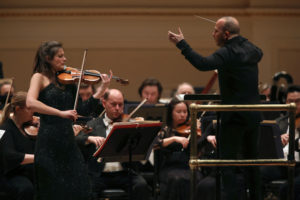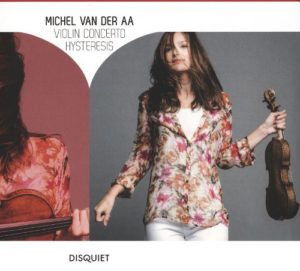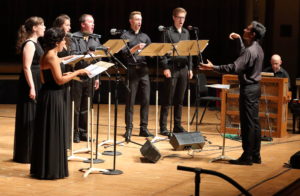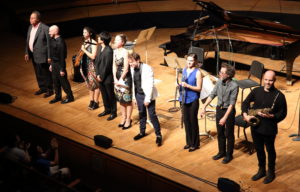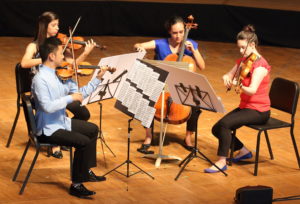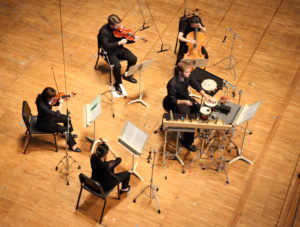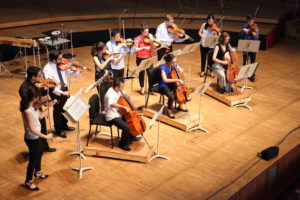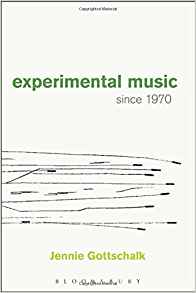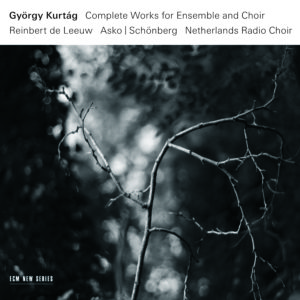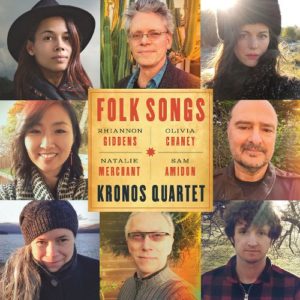
Photo: Marco Borggreve
Stile Antico in Concert
October 13, 2018 Church of St. Mary the Virgin
By Christian Carey
NEW YORK – The first concert in Miller Theatre’s 2018-19 Early Music Series, given in midtown at the Church of St. Mary the Virgin, presented the acclaimed choral group Stile Antico from the UK. They have made regular appearances on the Miller series. As is their custom, Stile Antico sang without a conductor in a semicircle facing front. The occasional setup change consists of singers changing formation and, in pieces in which the full ensemble isn’t required, “extra” singers sit down.
They sing vibrantly and expressively with a sumptuous sound. The concert program, titled “Elizabeth I, Queen of Muses,” brought together masterworks of Tudor era polyphony and continental repertoire that had passed through the monarch’s orbit. Several of the latter group of works were taken from a gift from one of the Queen’s suitors, Erik XIV of Sweden: a partbook that included pieces by Lassus, Willaert, and Sandrin. The latter’s chanson Doulce Memoire was particularly fetching, performed with gentle grace. The group also sang three solemn and stolid penitential psalm settings by Alfonso Ferrabosco the Elder, an Italian composer who was a member of the Elizabeth’s court, paid a handsome salary for music and, some say, espionage.
English music formed the bulk of the program. It included a piece from early in the sixteenth century, Tavener’s Christe Jesu Bone Pastor, filled with brightly articulate slices of homophony and soaring passages of imitation. From the other end of the chronological spectrum, early in the seventeenth century, Stile Antico offered jaunty renditions of two of John Dowland’s best known ayres: “Now, O now I needs must part” and “Can She Excuse my Wrongs.”
The choir is one of the best on the planet for works by Tallis and Byrd. Several of these were performed, capturing a gamut of emotions. Byrd’s “This sweet and merry month of May” is a jubilant madrigal greeting to Elizabeth, while his Attolite porta is a richly attired setting of Psalm 23. “O Lord Make thy servant Elizabeth” is an extraordinary piece, and Stile Antico rendered its elaborate Amen cadence with fulsome power and beauty. Ne irascaris is another facet of Byrd’s art. A recusant Catholic, he composed a collection of motets with texts both coded and charged with defiance. Clearly Byrd was graced with Elizabeth’s favor, otherwise he would have been unlikely to get away with daring pieces like Ne irascaris. The Tallis selection on the program was his worshipful, declamatory Abserge Domine. I could have done with three more Tudor motets and no Ferrabosco, but that’s quibbling.
The concert concluded with a group of madrigals written in honor of Elizabeth, taken from “The Triumphs of Oriana,” a collection of 25 madrigals by 23 composers. After sterling renderings of “The lady Oriana” by John Wilbye (Oriana is a poetic title for Elizabeth) and “Fair Nymphs I heard one telling, the last, “As Vesta was, from Latmos hill descending,” by Thomas Weelkes, displayed the group’s vocal prowess at its finest, with high-ranging lines and overlapping melismatic passages converging to thrilling effect. Stile Antico’s annual visits to New York could easily be double or trebled: they have developed a strong following here and the reasons for this were amply demonstrated on 13 October at St. Mary’s.
- Christian Carey writes regularly for Tempo, Musical America, and Sequenza 21.

